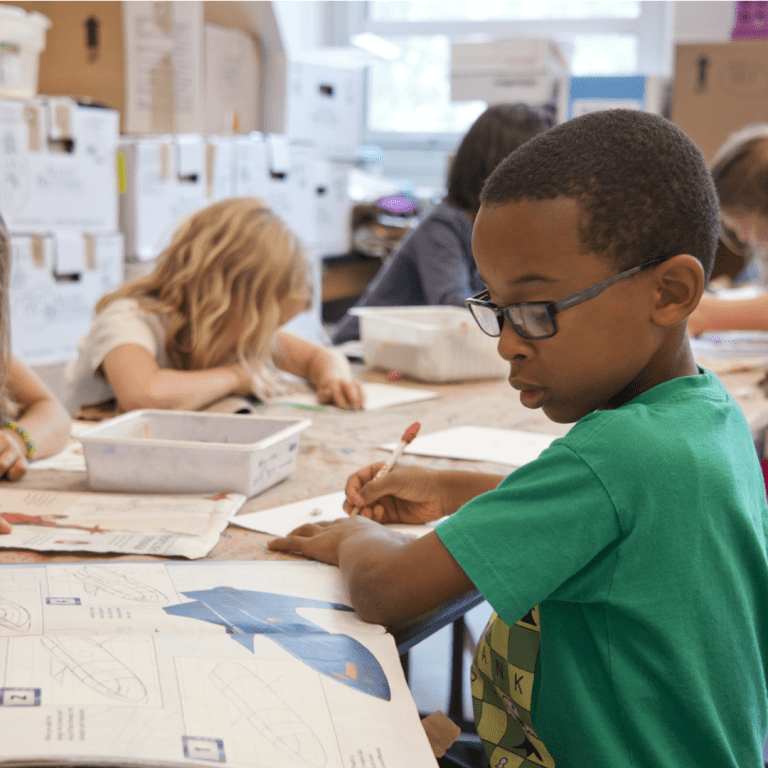Bonding takes Time: What I’ve Learned from Adopting an “Older” Child
Bonding with doesn’t happen overnight. Although I wish it could. Bonding is long process, but oh so worth it in the end. Because it can happen; it just takes time.
FROM FOSTER TO FOREVER
I adopted my child when they were 8 years old. To date, this age was the oldest I’ve fostered and then adopted. Eight seems young, right? In the real world, yes, an eight year old is still incredibly young. But in the foster/adoptive world, this age falls into the “older child” range. It’s harder to place, or find homes, for older kids.
I didn’t understand that before.
But I sure do now.
LEARNING ABOUT OLDER CHILD PLACEMENTS
Infant to age six (approximately kindergarten age) is considered the most ideal age range to adopt from. And it’s by far the most popular age requested by foster/adoptive parents. Studies have shown the most impressionable years of a child are infant through age five due to brain development. Some even call it the “molding” years. Why? I’m sure there’s loads of scientific data to show why, but in layman’s terms, it’s the time where the child learns, observe, absorbs, and remembers the most. Their brain is like a sponge — whether it’s learning good things or bad things. And unfortunately, by 8 years of age, especially in the foster to adopt programs, no one knows what these children have truly been exposed to. They are old enough to understand they were removed from something bad but not old enough (or even mature enough) to comprehend the removal from their birth family. Face it, it doesn’t matter what that birth parent did — even if it was abuse against the child. That birth parent is all the child knows and they think they want to be with them. That doesn’t necessarily mean the child doesn’t like you or even that they don’t feel safe; it’s just their former home is their comfort zone.
NOW WHAT DO I DO?
So now as an adoptive parent, what do I do to bond with this older child? Here’re a few resources that I’ve used and tactics I’ve found helpful. Maybe you will, too.
- Read Dr. Karyn Purvis’ The Connected Child.
- If available, I attended this and recommend the “Empowered to Connect” training
- Go to counseling. You might want to go solo, with a spouse, or with your partner.
I found counseling extremely helpful in bringing a fresh perspective. This wasn’t my first foster to adopt rodeo, but I definitely needed to hear what my counselor said: “There’re trust issues involved. They thought they’d be with their birth family forever, and now they’re unsure if they’ll be with their adoptive family forever.” Woah. That was something that I hadn’t thought about, but it makes perfect sense. Why would the child instantly trust me after the cards they’ve been dealt? - Put your child in counseling. Having a “third party” perspective is priceless, especially with that “older child” who may need to talk through their feelings
- Talk it out with just the child — asking what’s on their mind or making small talk.
- Talk to your caseworker. A caseworker has said before they prefer to take the direct approach; however, dependent upon the child, they may not be ready for the truth, regardless of how old they are. Or maybe the truth will not matter anyway.
- Provide a consistent and safe environment.
TIME MAKES A NEW FAMILY
While I’m still learning, I now know bonding just takes time. And more time. And more. Love is messy. But here’re some practical, daily ways I’m showing my kid I care for them:
- I make sure to include them in all family discussions, even if they don’t seem interested and I just get a shrug of the shoulders.
- I can’t take this personally (which can be REALLY hard).
- I remind myself (daily!) that I only know a little bit of what my kid experienced. I will probably never know each detail and that is okay as well.
- I pray. A lot.
- I focus on creating new, positive experiences and learn to push through the hard.
- I spend as much one on one time with them as I physically can. This is difficult with 3 other kids, but so important. (actually I try to do this with each child)
- I am intentional in my words and actions. A messy situation may have brought them into foster care — and ultimately got them adopted — but in the pain, it can also be beautiful. I’ve spoken to counselors, caseworkers, other adoptive parents, read books, and they all point to the same thing: Bonding takes time.









